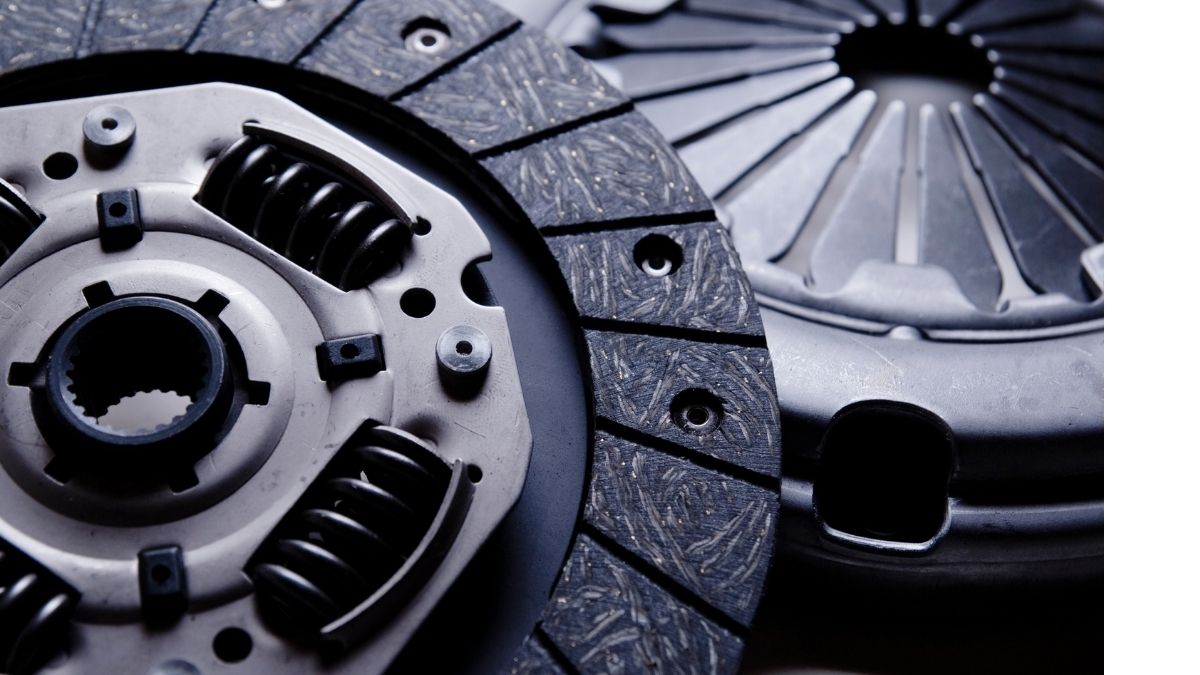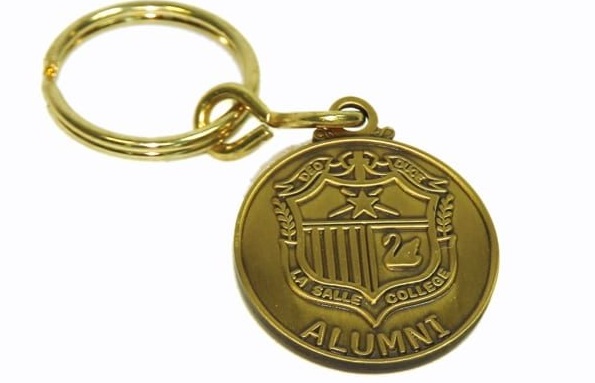Friction materials are compounds that cause friction between solid surfaces to control or stop forward or backward motion. They are made of organic and inorganic materials, including resin, ceramics, textiles, and metals, and they have a finite lifespan because of how they work. This feature necessitates that they be watched carefully and that preparations be made for their replacement.
Semi-metallic friction materials
Synthetic fibers and sintered metals are the main components of semi-metallic friction materials. They are believed to be the friction substance with the greatest lifespan. Semi-metallic friction materials have a long lifespan because of their heat tolerance and stopping capability. Experts from Kor Pak suggest they are the best for starting and stopping big machinery because of their qualities.
Ceramic friction materials
Ceramic friction materials are used to stop motion gently and are constructed of porcelain mixed with sintered metals, such as copper. The biggest benefit of using ceramic friction materials is how quiet and hygienic they are. When in use, they make hardly any dust or noise.
Ceramic friction materials
Ceramic friction materials have an outstanding static-to-dynamic ratio and a high friction coefficient. They are perfect for racing applications since they lock up quickly. Steel, silicon dioxide, bronze, and graphite are materials used to create ceramic friction.
Kevlar friction materials
Du Pont referred to aramid fibers as “Kevlar” because of their low wear and abrasion rates and their oil resistance. It works whether it’s wet or dry and doesn’t have any metal particles. Kevlar is produced in rolls or sheets and is five times more durable than sintered metals and asbestos. It doesn’t rub, harm, scratch, or score the surface it touches when utilized as a friction material. Kevlar acts as a friction facing to ensure quiet, smooth contact.
Organic friction materials
The components that create organic friction compounds typically comprise rubber, phenolic resin, and metallic powder. It is made via weaving and molding. Smooth engagement, excellent strength, and wear resistance are all features of woven organic friction fibers.
Wet friction materials (WFM)
Wet friction occurs when surfaces of various natures, such as solid and liquid, come into contact. The most prevalent friction materials used in papermaking are those made from wet paper. The air lay, woven, pultruded, sintered, and thermal spray are other varieties. WFMs require smooth engagement, outstanding durability, temperature and pressure resistance, oil compatibility, glazing resistance, and high and reliable torque.
Feramalloy friction materials
Feramalloy friction material has better wear and temperature resistance, smoother engagement, and an excellent static-to-dynamic ratio than ceramic friction material. Heavy-duty applications, including diesel trucks, commercial rigs, and heavy machinery, make up most applications for feramalloy friction materials. Ferramalloy is a more recent addition to the category of friction materials due to its superiority to ceramic and ceramic friction materials.
Carbotic friction materials
Kevlar friction materials last long and can withstand high torque with significant wear. The creation of carbonic friction material was intended for use with heavy-duty hauling vehicles like dump trucks that must ascend dangerously steep inclines.
Last words
Each friction material has unique characteristics that suit its use.









Comments